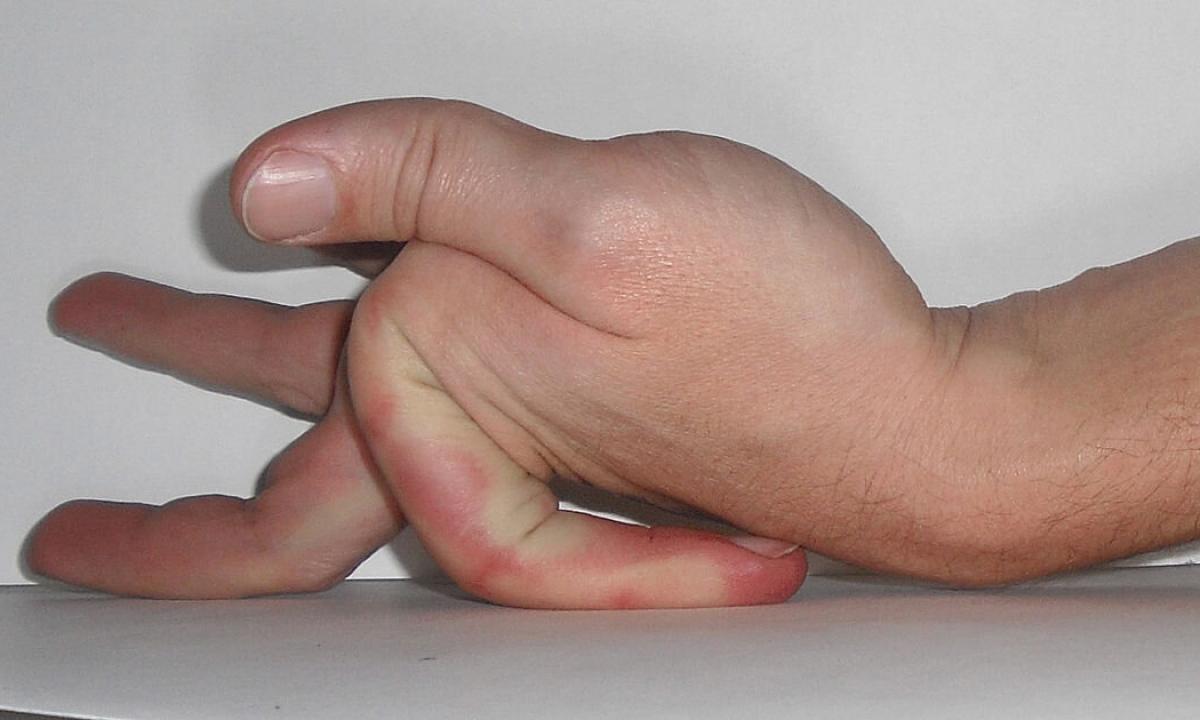The syndrome of hyper excitability is a disorder of neurologic and behavioural development which is characterized by complexity of concentration of attention and it is difficult the operated impulsiveness. According to some neuropathologists, the syndrome is resistant and chronic which does not respond to treatment and 30% of children independently it outgrow or adapt to live with it in adult age.
Distinguish three types of a syndrome:
- hyper excitability syndrome with deficiency of attention;
- hyper excitability with impulsiveness;
- the third look is a mixture two previous.
Showed world-class researches that this syndrome has 3-5% of all population of the planet, and, the age and sex of examinees cardinally different, but meets hyper excitability at male persons, because of testosterone more often.
The main sign at a hyper excitability syndrome
Together with violations of attention there is a lack of self-checking of behavior and ability to respond adequately to requirements and to carry out objectives. It is shown in the immediate speed of reaction and the answer, without having listened to the end of requirements or a question up to the end. Often such people are not capable to analyze and distinguish expediency and even danger of the actions. They observe depreciation to things and feelings of people around, that is, without special remorse they can quietly break or spoil someone else's property. Also there is a certain feature set, ukazuyushchy on existence of a problem:
- uneasy podragivaniye feet or hands;
- aimless physical activity in the form of run, attempts to climb up something, swings on a chair, in places where it is inadmissible;
- excessive talkativeness on a subject and without it, a habit to interrupt the interlocutor;
- the uneasy dream, is more often in an embryo pose.
Treatment of a syndrome of hyper excitability
The diagnosis is established not earlier than 12 years, with 6 signs within half a year, and observation of behavioural features needs to be made in a different situation for example in collective and at home.
After establishment of the diagnosis, depending on a look and complexity the way of treatment is selected, more often it is pedagogical and neuropsychological correction, modification of behavior and psychotherapy. In more difficult cases the medicamentous therapy with use of psychostimulators and nootropic medicines is appointed.
"

